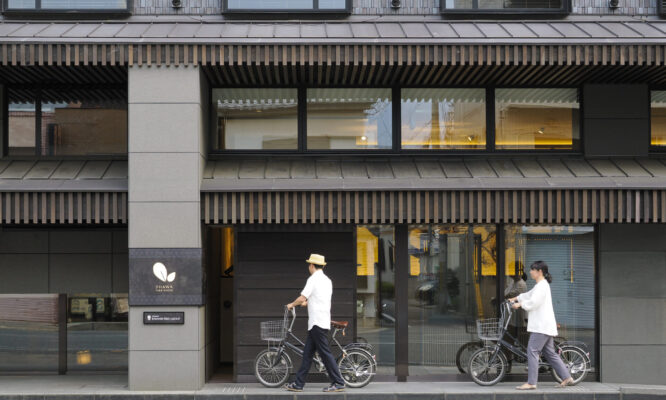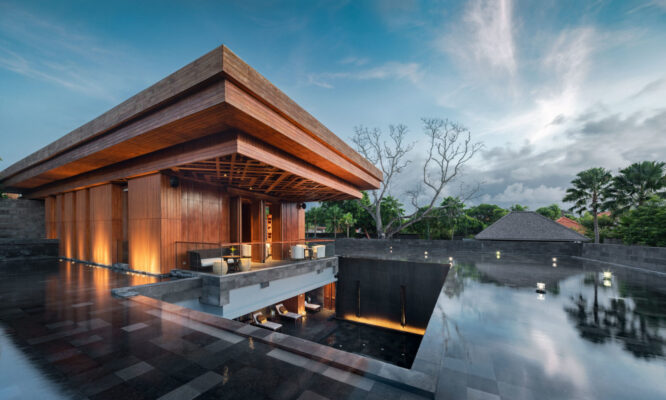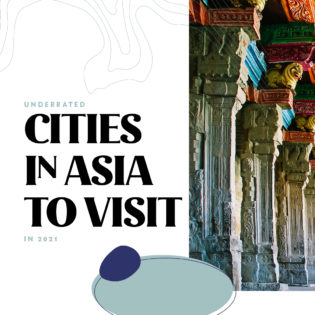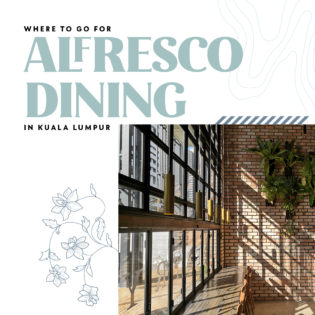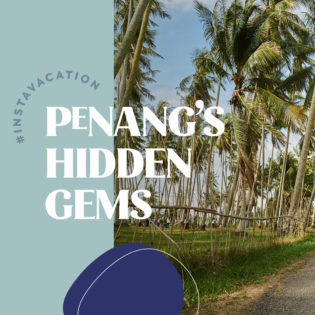One symbolises the beginnings of Kuala Lumpur while the other represents its exciting future. This Merdeka month, we spotlight the bustling areas of Ampang and Kampung Attap and what they offer the modern traveller
Ampang
Then: The tin mines that made KL
Just five kilometers from the iconic Petronas Twin Towers – the tallest building in the world when it was completed in 1996 – the leafy neighbourhood of Ampang is known for being Malaysia’s diplomatic district. It is a fitting designation for this former tin mining area that is considered the birthplace of modern-day Kuala Lumpur. Spread across Jalan Tun Razak and Jalan Ampang, as well as the enclaves of Ampang Hilir and Taman U-Thant, are the embassies of at least 10 countries.
Ampang’s story begins in 1857, when Raja Abdullah of Klang brought with him 87 Chinese labourers to tin mines just kilometres away from the “muddy confluence” of the Klang and Gombak rivers. Soon after, Mandailing trader Sutan Puasa invited two entrepreneurs from the Lukut mines to help expand the port; one of them was Hiu Siew, the first Chinese kapitan of Kuala Lumpur. By the time of the third kapitan, Yap Ah Loy, Kuala Lumpur had evolved into a vibrant commercial hub.
“The vestiges of tin mining in Ampang are embedded in its name, which is derived from empangan – the Malay word for dam, which alludes to a dam constructed for tin mining in the area,”
explains Dennis Ong, urban history researcher at Imagined Malaysia, a research organisation. “The promising prospects of tin mining in Ampang and other neighbouring areas catalysed Kuala Lumpur flourishing as a trading post.”
Remnants of Ampang’s past can still be seen around KL. The Sin Sze Si Ya Temple on Jalan Tun H S Lee, which was built by Yap Ah Loy in honour of the deities that guided him during the Selangor Civil War, now doubles as a museum. At the Sin Sze Si Ya Temple Pioneers of Kuala Lumpur Museum, curious travellers can see relics of the city’s gritty past. The town of Pekan Ampang, meanwhile, maintains much of its colonial-era façade and century-old temples, which can be seen on walking tours co-organised by Persatuan Pencinta Pekan Ampang.
Now: An upmarket postcode
Ampang is synonymous with its ‘Embassy Row’, the dense concentration of foreign embassies along Jalan Tun Razak and Jalan Ampang, which contain the missions of the United States, Singapore and Chile. The diplomatic district also encompasses the enclaves of Ampang Hilir (with the Omani, Lebanese, and Nigerian missions) and Taman U-Thant (including the Chinese, Iranian and Italian), fittingly named after the former United Nations secretary-general.
By a happy coincidence, a short walk from the Embassy of the Republic of Korea is Little Korea, which is home to a multitude of Korean restaurants and supermarkets, including the quaint and homely charm of b.station, a healthy halal café. Beyond K Street is a more diverse nightlife scene. At Bar Trigona inside the Four Seasons hotel are locally inspired cocktails that has earned it the 29th spot in the 2022 Asia’s 50 Best Bars list – one of only two Malaysian entries. Meanwhile, Alexis Bistro is host to live jazz performances, while resto-bars like Souled Out offer hearty comfort food before you start your night crawl. Newer establishments include halal fine dining at Brix, pan-European brasserie Peaches and Cream at The Grange @ Ampwalk, and the lush al fresco Solh of Jalan Ampang. And don’t miss creative spaces like the Project Room Art Gallery, Alice Chang’s Lai Lai Art and HOM Art Trans; gearhead haven The Garage KL; and the endlessly innovative horror experience Hauntu by Breakout in The Linc KL.
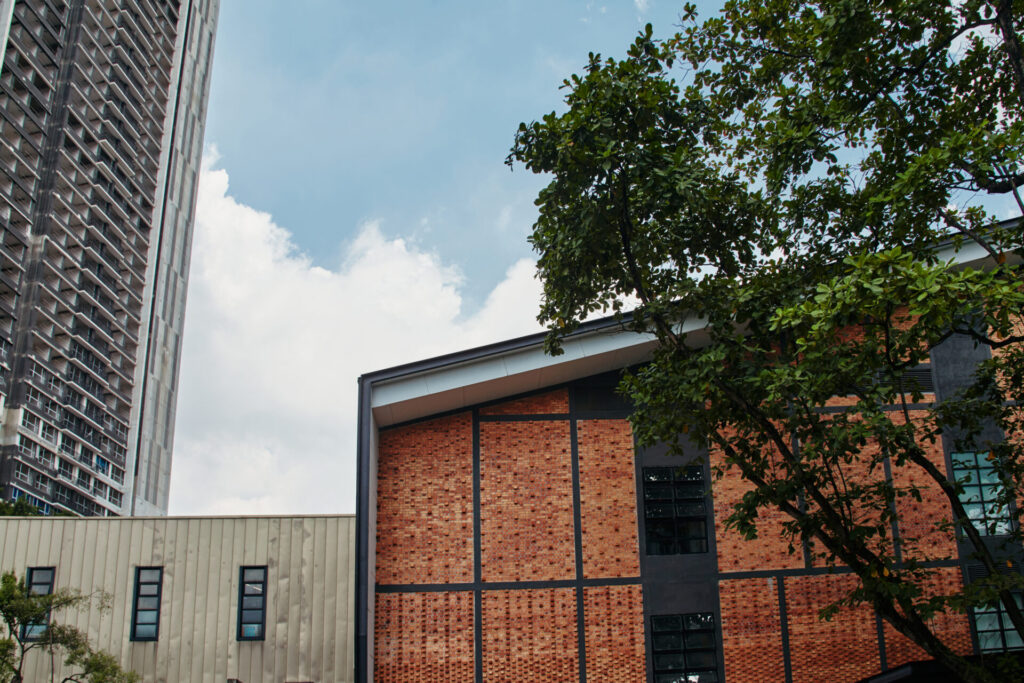
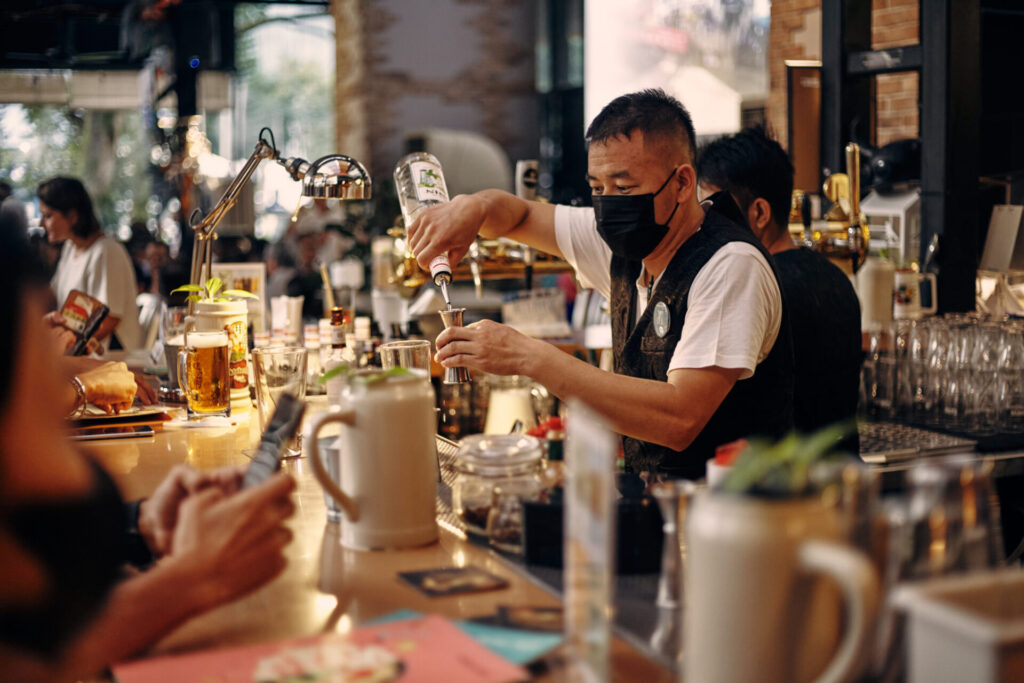
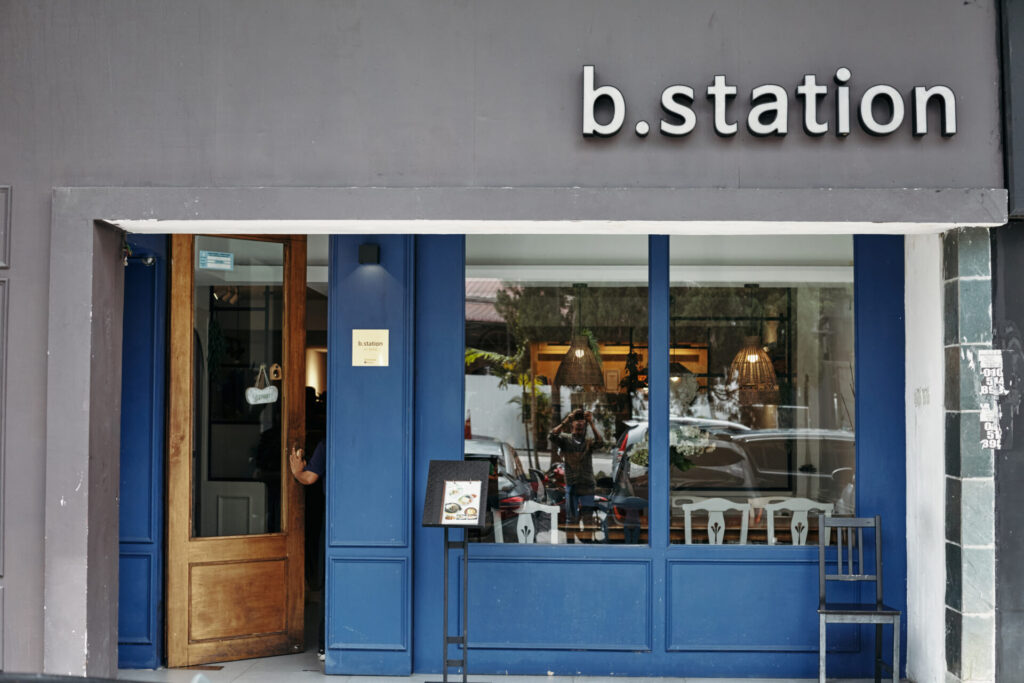
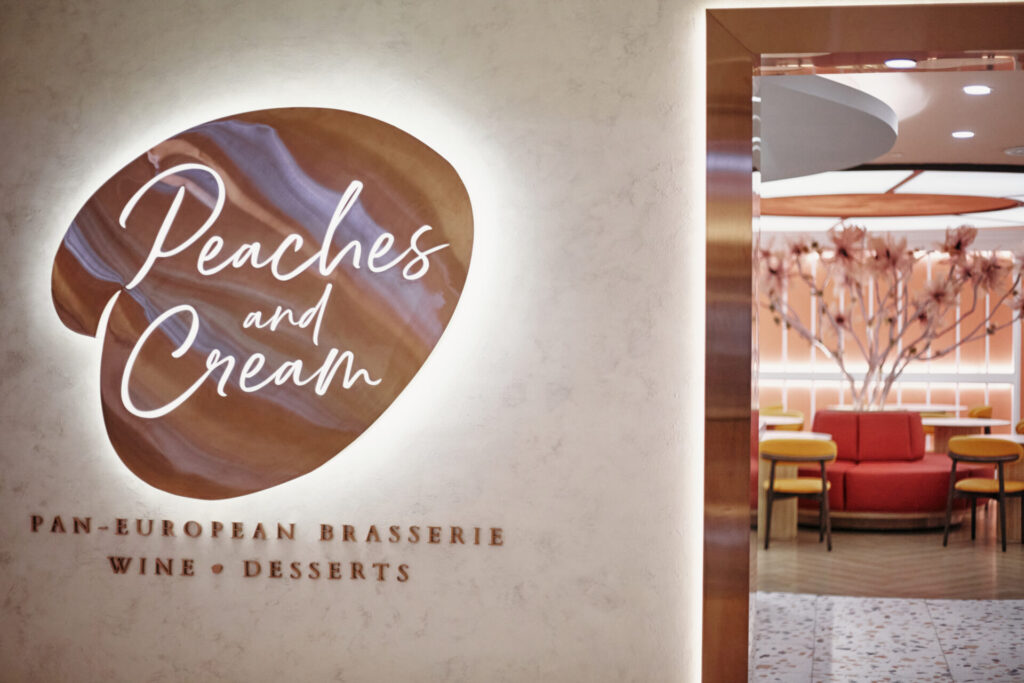
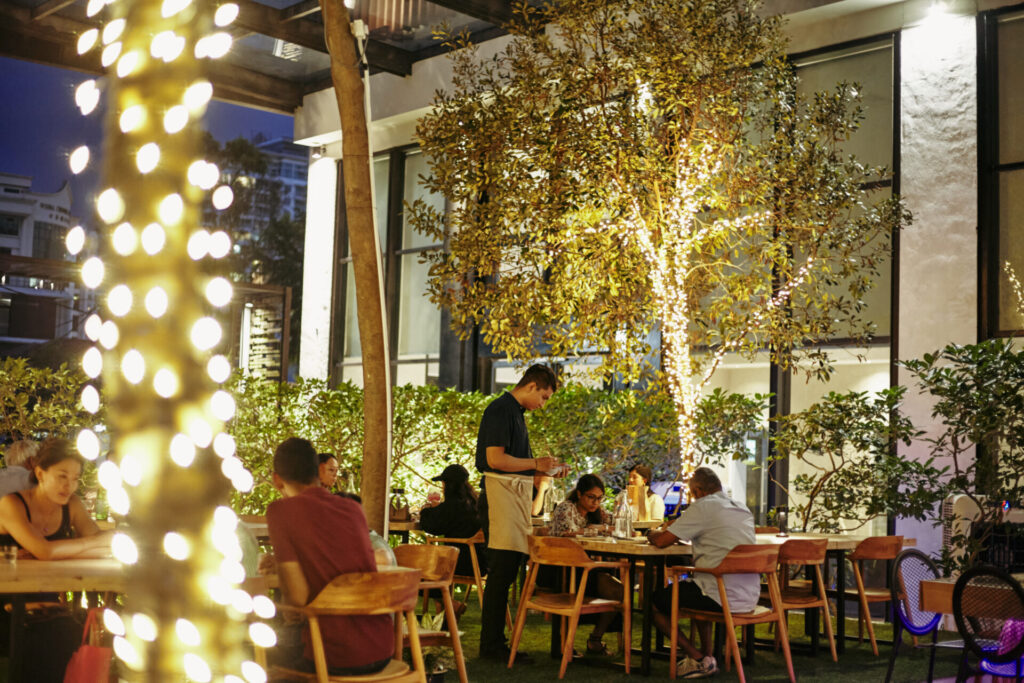
Kampung Attap
Then: Colonial sanctuary in the city
Around 14km from Ampang, Kampung Attap is an unassuming hidden gem that is now on the verge of becoming the capital city’s hippest neighbourhood. Situated right next to Merdeka 118 – KL’s newest landmark and currently the world’s second-tallest building – it once housed British officers, with bungalows still standing on street names such as Jalan Belfield, Jalan Hose and Jalan Bellamy.
Kampung Attap is one of the cradles of feminist awareness in Malaysia. Jalan Belfield used to house the YWCA before it moved several kilometres away to Jalan Hang Jebat. “Jalan Belfield can therefore be regarded as the root cause of feminist consciousness in this country,” says Teoh Chee Keong, architect and author of The Disappearing Kuala Lumpur. Fittingly, Puspanita, the association for female civil servants, also maintains its activity hall along Jalan Hose.
Now: At the cutting edge of cool
The current of social justice runs strong in Kampung Attap, with many civil society fora still taking place in its most recognisable landmark, the Kuala Lumpur Selangor Chinese Assembly Hall, which still bears the neoclassical and art deco stylings of architect Berthel Michael Iversen, who almost single-handedly shaped the aesthetic of colonial Malaya and Singapore.
Further down the road is the new heart of Kampung Attap, The Zhongshan Building, a standalone shophouse that is now home to a trend-setting creative hub run by art consultant Liza Ho. Here you can find a community of artists, researchers, designers and musicians, including the Malaysia Design Archive, which collects graphic materials from Malaysia’s past; library and creative space Rumah Attap; record store Tandang; art gallery The Back Room; embroidered goods store Takos, personalised stationery store Ana Tomy; and much more.
“We wanted to be surrounded by like-minded people because that makes you grow bigger and stronger,”
Ho says when asked about the eclectic mix in The Zhongshan Building. “[Over the years], we have become a community where people collaborate and support each other.” The Zhongshan community has organised numerous collaborative events since its inception, including talks on wayang kulit and climate conservation organised by Malaysia Design Archive and held in Rumah Attap.
The same artsy flair extends into Triptyk, the food and beverage collective which comprises Bar Triptyk, headed by legendary bartender Angel Ji, the ever-evolving restaurants-in-residence at the Back Lane, and the pop-up dining and cultural events at the Front Door. Other notable spots breathing new vigour into Kampung Attap include resto-bar The Hill, and Transparent Coffee, right across the road from the Zhongshan Building.
Along with Merdeka 118, the transformation of the infamous Pudu Jail into shopping centre Lalaport in nearby Bukit Bintang have piqued developers’ interest in Kampung Attap, with more boutique hotels and serviced apartments expected to take the historic site into a trendy new future.
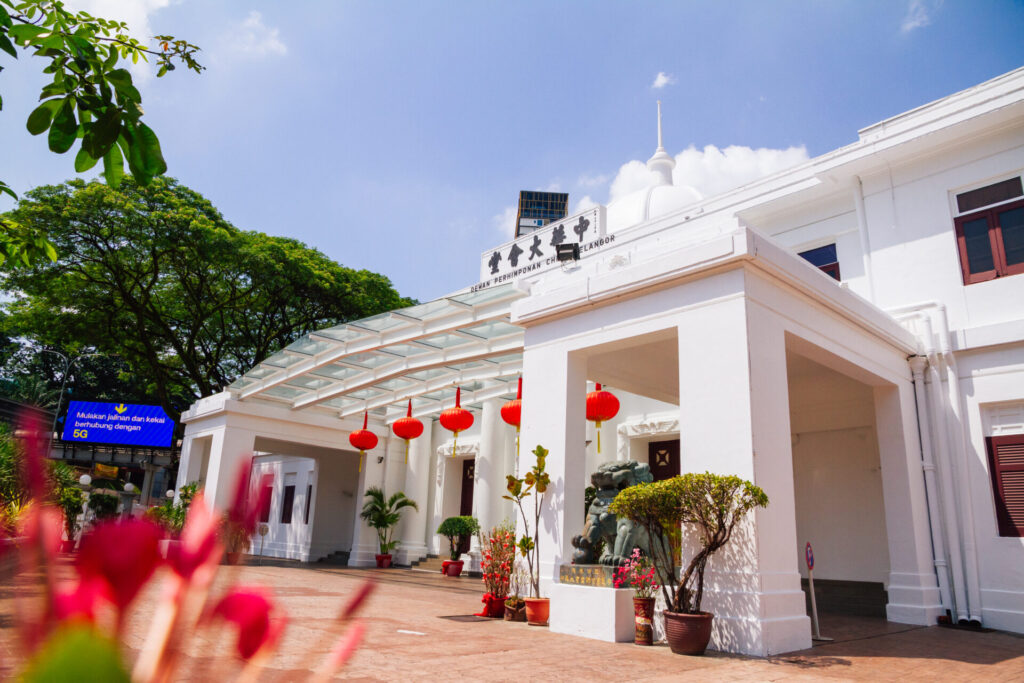
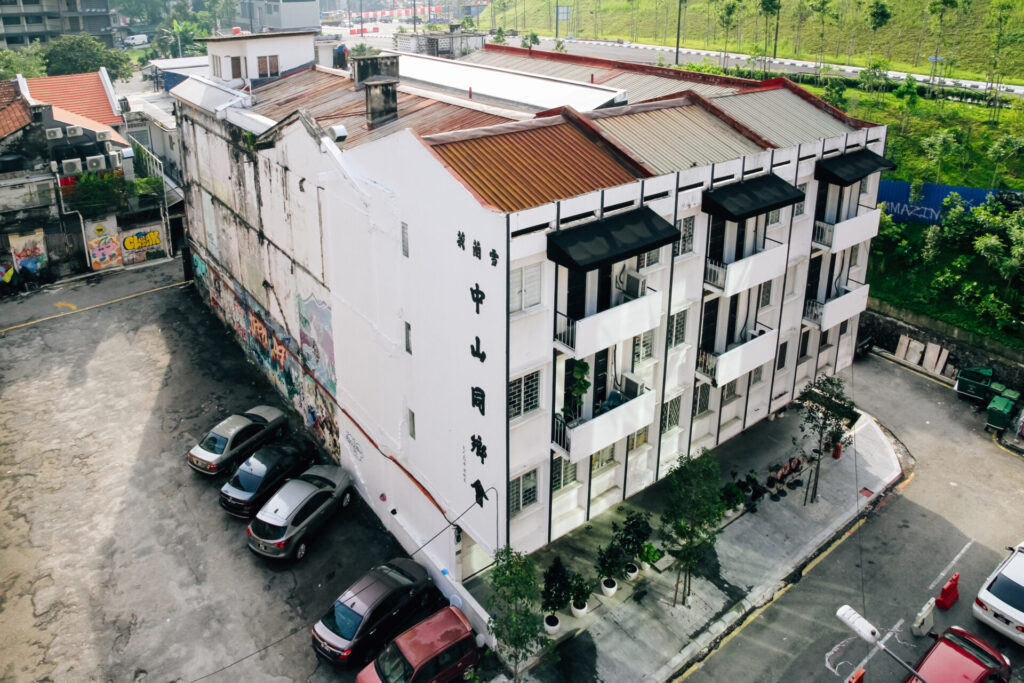

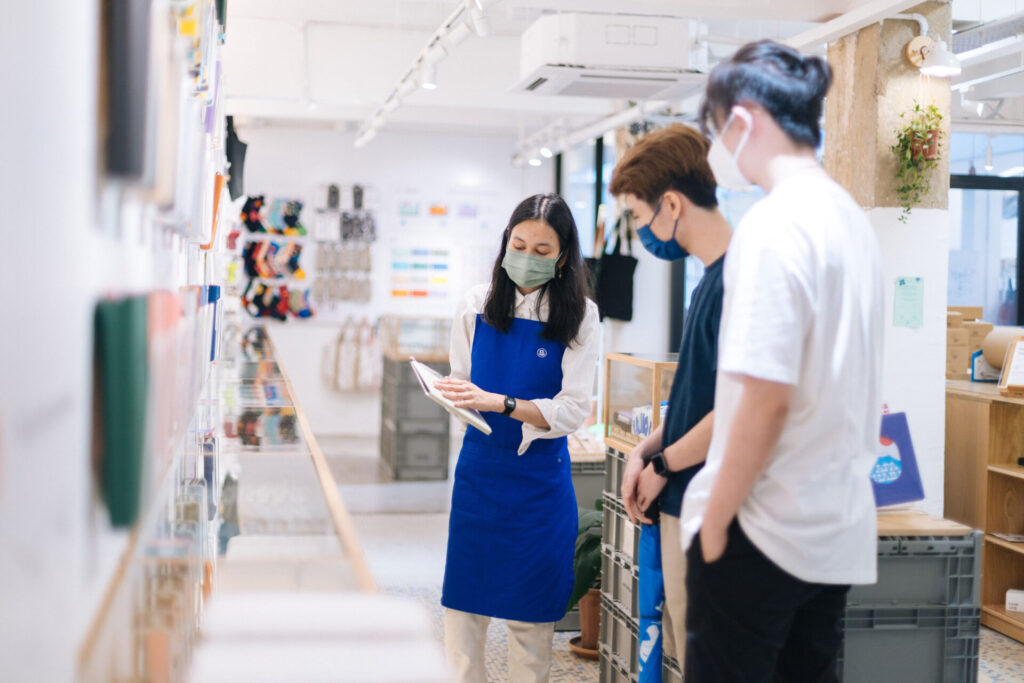
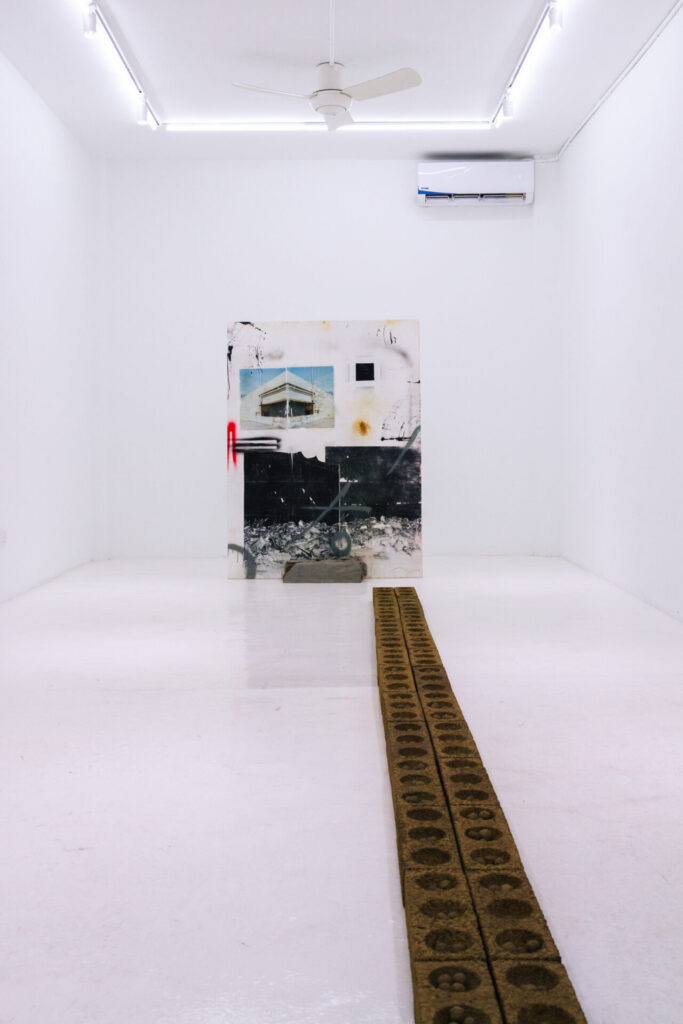
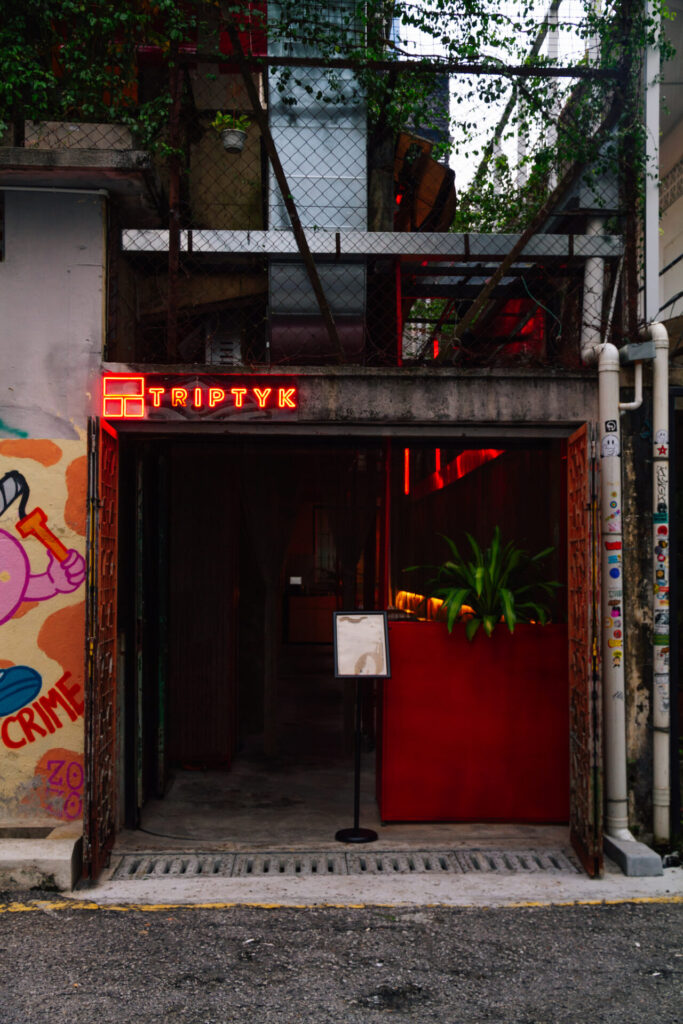
Images by Imran Sulaiman. Photo of Merdeka 118 by Ryan Chin.
